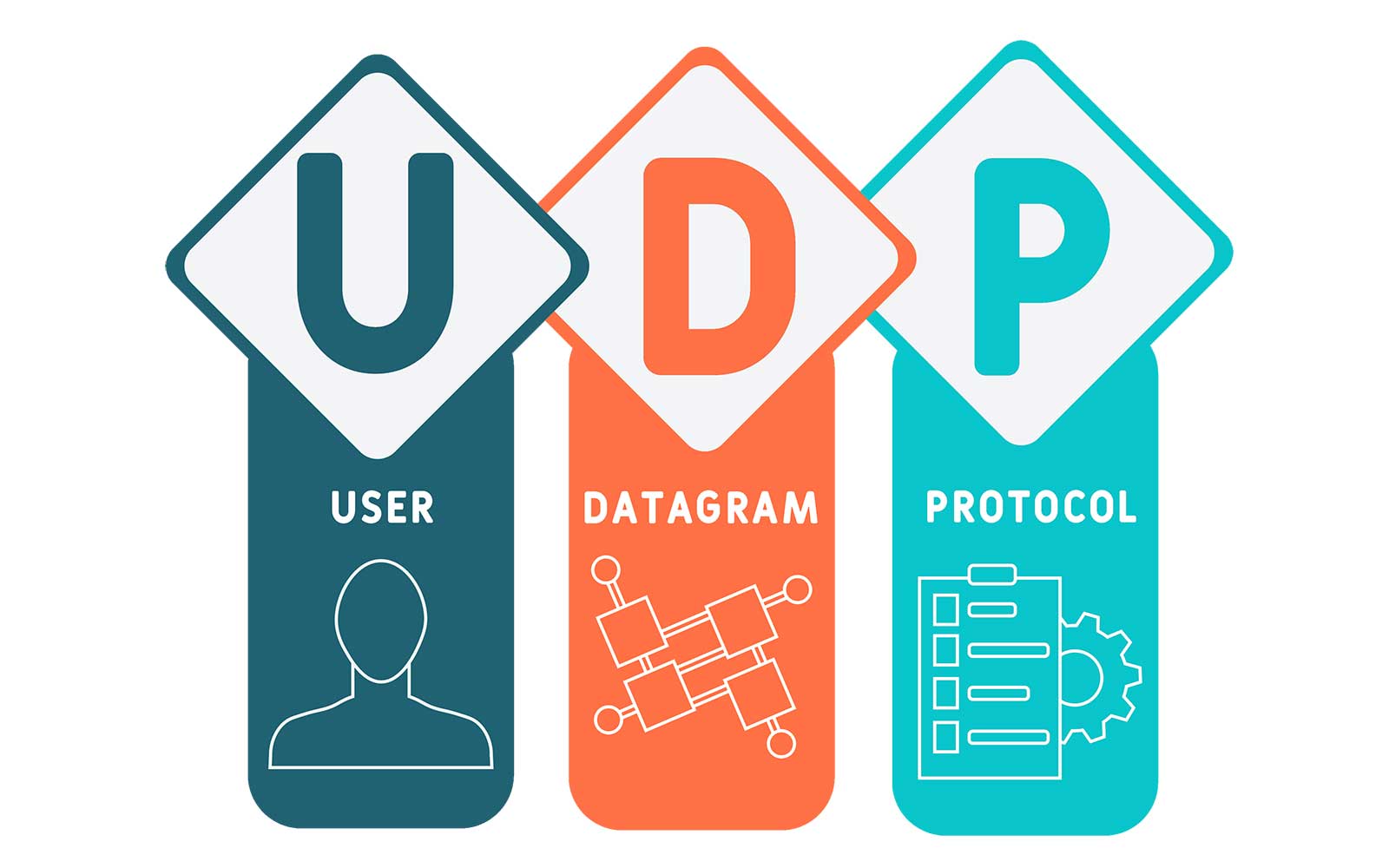


Introduction of UDP (User Datagram Protocol)
User datagram protocol (UDP) operates on top of the Internet Protocol (IP) to transmit datagrams over a network. UDP does not require the source and destination to establish a three-way handshake before transmission takes place. Additionally, there is no need for an end-to-end connection.
Since UDP avoids the overhead associated with connections, error checks and the retransmission of missing data, it’s suitable for real-time or high performance applications that don’t require data verification or correction. If verification is needed, it can be performed at the application layer.
Purpose of User Data Protocol
UDP is commonly used for Remote Procedure Call (RPC) applications, although RPC can also run on top of TCP. RPC applications need to be aware they are running on UDP, and must then implement their own reliability mechanisms.
Advantages of UDP
UDP has a number of benefits for different types of applications, including:
Disadvantages of UDP
Working Process of UDP
User datagram protocol is a standardized communication protocol that transfers data between computers in a network. However, unlike other protocols such as TCP, UDP simplifies data transfer by sending packets (or, more specifically, datagrams) directly to the receiver without first establishing a two-way connection. UDP does not indicate the transmission order for its datagrams or even confirm their arrival.
UDP features checksums for ensuring data integrity and port numbers for defining the role played by the data being transmitted. However, it does not feature a mandatory ‘handshake’ between the sender and the receiver before the commencement of data transfer.